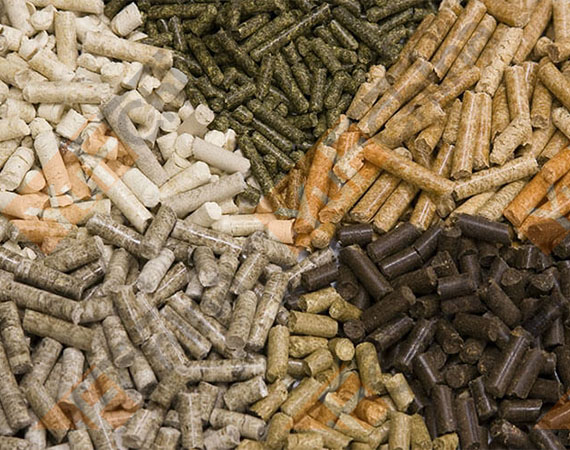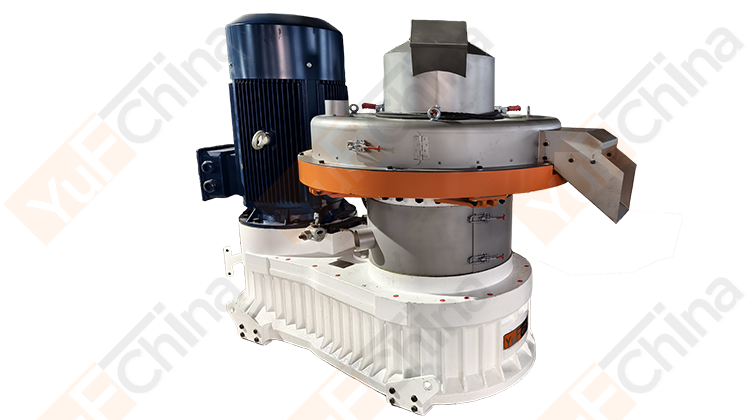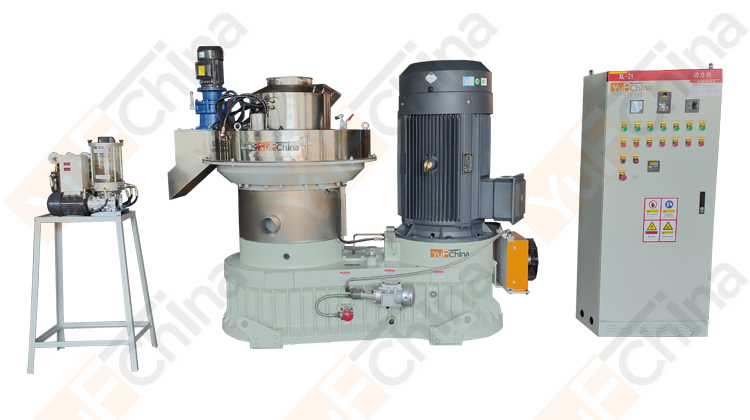Besides sawdust, what other high-profit biomass pellet raw materials are available? (e.g., hollow palm fruit bunches, peanut shells, coffee shells, etc.)
Introduction: Breaking Free from Sawdust Dependence and Uncovering Hidden Golden Raw Materials
While sawdust, as a traditional raw material for biomass pellets, has a wide range of applications, its profit margins have been gradually squeezed in recent years due to intensified resource competition and large price fluctuations. However, many overlooked agricultural and forestry wastesвАФsuch as hollow palm fruit bunches, peanut shells, and coffee shellsвАФare becoming new blue oceans for increasing profits due to their low cost and high calorific value.
A Review of Three Hidden Treasures Raw Materials
Hollow Palm Fruit Bunches: From Waste to Black Gold
In palm oil producing areas, the hollow fruit bunches left after oil extraction are often treated as waste. However, in reality, their dense fiber structure produces very hard and durable pellets with a high calorific value, making them highly sought after in the international market and commanding good prices.
Peanut shells: A model of turning waste into treasure
Peanut processing yields a large amount of shells. These shells are relatively dry and burn stably, making them excellent materials for pellet production. Due to their widespread availability, acquisition costs are usually advantageous, saving you a significant amount on raw material expenses.
Coffee shells: Fuel with a unique charm
Coffee beans are encased in a shell during processing, forming the coffee shell. It naturally has a high calorific value and leaves very little ash after burning, making it a high-quality pellet feedstock that can generate considerable profits in certain markets.
How to successfully turn these treasures into pellets?
While these raw materials have enormous potential, using traditional wood pellet machines directly may encounter some problems, such as difficulty in forming pellets and machine clogging. Dont worry, by mastering a few key points, you can turn challenges into opportunities:
Key Point 1: Proper Pre-treatment
O Fiber-heavy raw materials like hollow palm fruit bunches need to be shredded and crushed to become sufficiently fine and loose before they can smoothly enter the pellet mill, ensuring smooth production.
Key Point 2: Controlling Moisture Content
O Raw materials that are too dry or too wet are difficult to press into pellets. Adjusting the moisture content to the appropriate range through simple sun-drying or baking is a major step towards successful pelleting.
Key Point 3: Choosing the Right Equipment
O To do a good job, one must first have the right tools. For these raw materials with varying characteristics, choosing a well-designed, powerful, and wear-resistant pellet mill is crucial. A good machine can easily adapt to different raw materials, helping you consistently produce high-quality pellets.
Equipment Adaptability Modification
¬Ј High Compression Ratio Dies: For the high-fiber characteristics of hollow palm fruit bunches, a ring die pellet mill with a compression ratio of 1:8 or higher is recommended to increase pressure and prevent pellet breakage.
вАҐ Upgraded Wear-Resistant Parts: Peanut shells contain silicon, which easily wears down molds. Alloy steel molds (with a lifespan of up to 8000 hours) should be selected, reducing maintenance costs by 30%.
Conclusion: Seizing the Window of Opportunity for Raw Materials
Now is the golden opportunity to diversify biomass raw materials. Through precise pretreatment, equipment adaptation, and policy utilization, these waste resources can be transformed into sustainable and profitable green energy.




GET IN TOUCH WITH US